Selenium is an essential trace element. Essential means that sufficient selenium is necessary for normal cell functioning and that our bodies cannot synthesize selenium for us. We must get it from our diets. Trace element means selenium is a micronutrient that is needed in very small quantities, in microgram quantities. It may be an important element to slow the ageing process.

Sufficient selenium status plays an important role in the prevention of cardiovascular diseases, inflammation, and infections. Prof. Margaret P. Rayman, University of Surrey, estimates that serum/plasma selenium status of around 125 mcg/L is optimal for human health [Rayman 2020].
The beneficial work of selenium in the cells and tissues is done by selenoproteins that contain the amino acid selenocysteine in the active center. Among the selenoproteins known to have an antioxidant effect in the body are the glutathione peroxidases (GPX1-4 and GPX6) and the thioredoxin reductases (TXNRD1-3) [Alehagen 2021].


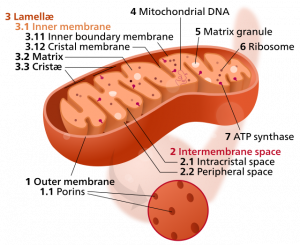
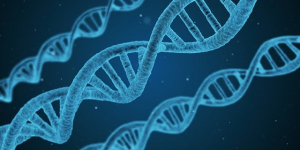
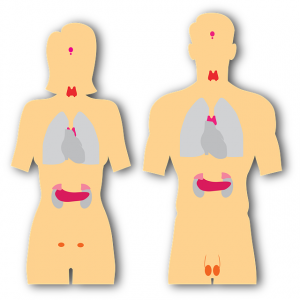
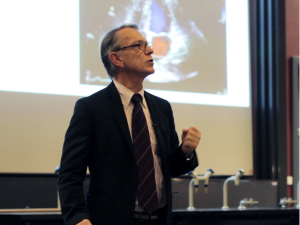
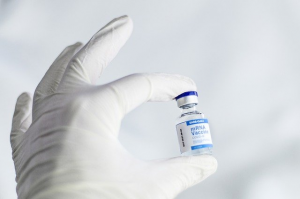

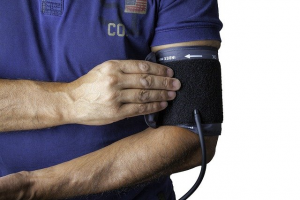 This conclusion is based on an analysis of data from 929 individuals diagnosed with hypertension [Tan 2021].
This conclusion is based on an analysis of data from 929 individuals diagnosed with hypertension [Tan 2021].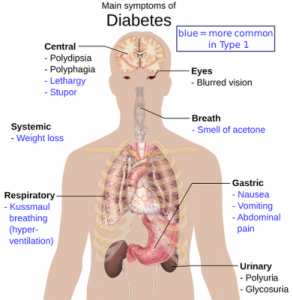 This is the conclusion of researchers who conducted a relatively large cohort study of patients with diabetes with a long follow-up period. They analyzed the data from 3199 American adults with type-2 diabetes; the average follow-up period was 12.6 years [Qiu 2021].
This is the conclusion of researchers who conducted a relatively large cohort study of patients with diabetes with a long follow-up period. They analyzed the data from 3199 American adults with type-2 diabetes; the average follow-up period was 12.6 years [Qiu 2021].